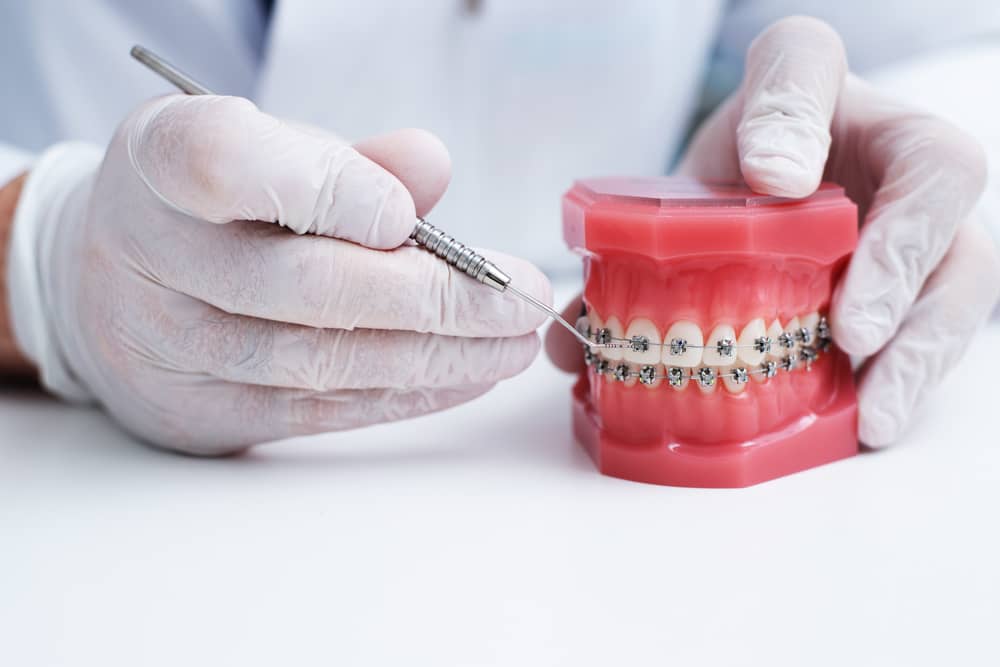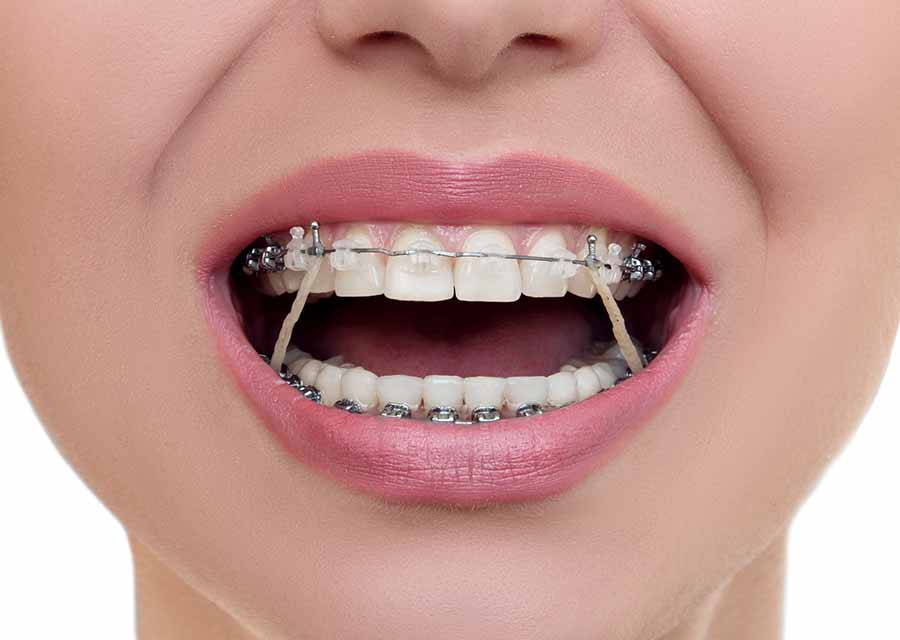The Greatest Guide To Johnson Orthodontics
The Greatest Guide To Johnson Orthodontics
Blog Article
The 10-Second Trick For Johnson Orthodontics
Table of Contents4 Simple Techniques For Johnson OrthodonticsTop Guidelines Of Johnson OrthodonticsSome Known Incorrect Statements About Johnson Orthodontics The Only Guide for Johnson OrthodonticsAbout Johnson OrthodonticsThe Facts About Johnson Orthodontics RevealedThe Best Strategy To Use For Johnson Orthodontics
An orthodontist is a dental expert trained to diagnose, prevent, and treat teeth and jaw abnormalities. Orthodontists work with individuals of all ages, from youngsters to adults.All orthodontists are dental experts, but not all dentists are orthodontists. Orthodontic residency programs offer intensive, focused direction for oral specialists. They focus on two areas: Just how to properly and securely relocate teeth How to effectively guide advancement in the teeth, jaw, and faceOnce an orthodontist has completed training, they have the choice to become board accredited (https://www.abnewswire.com/companyname/www.drjohnsonorthodontics.com_146725.html#detail-tab).
Johnson Orthodontics Fundamentals Explained
Misalignment, or malocclusion, is one of the most typical factor people see an orthodontist. It is hereditary and is the result of size distinctions between the top and reduced jaw or between the jaw and teeth. Malocclusion results in tooth congestion, a twisted jaw, or irregular bite patterns. Malocclusion is generally treated with: Your orthodontist attaches steel, ceramic, or plastic square bonds to your teeth.
If you have only minor malocclusion, you might be able to use clear braces, called aligners, rather than standard braces. Some people need a headgear to assist relocate teeth into line with stress from outside the mouth. After dental braces or aligners, you'll need to wear a retainer. A retainer is a custom-made device that keeps your teeth in area.

They can produce additional room in the mouth without having to draw teeth. Orthodontists make use of wires, surgical screws, or plates to sustain your jaw bone.
The 7-Second Trick For Johnson Orthodontics
Throughout your initial orthodontic appointment, you'll likely have: An oral examPhotos taken of your face and smileDental X-raysPanoramic (360 degree) X-rays of your face and headImpressions to produce molds of your teethThese examinations will certainly assist your orthodontist understand exactly how to continue with your therapy. An orthodontist is a dental professional who's had training to treat your teeth and jaw.
Orthodontists may carry out surgical treatment, exams,X-rays,and more to assist you obtain a much more comfy, much healthier smile. An orthodontist is concentrated on your bite, so something like a damaged tooth would certainly be taken care of by a dental expert. Orthodontists are dentists however not all dentists are orthodontists. Orthodontists are concentrated on your bite, or the means your teeth meshed, and the straightness of your teeth.
Ever before wondered how stars always appear to have perfectly aligned teeth? Orthodontists are oral specialists who concentrate on remedying abnormalities in the teeth and jaws.
What Does Johnson Orthodontics Mean?

Clear aligners, like Invisalign, are a prominent choice for individuals seeking a more discreet therapy choice. These detachable trays are customized to gradually move the teeth's setting (https://www.40billion.com/profile/264111284). Headgear may be used combined with dental braces or aligners to apply extra targeted pressures, particularly for correcting jaw disparities. In instances of slim jaws, palatal expanders can be used to create room for correct tooth positioning.
Little Known Questions About Johnson Orthodontics.
While achieving a lovely smile is an all-natural perk of orthodontic therapy, the benefits expand much past visual appeals. Effectively aligned teeth and a well balanced bite contribute to improved oral health and wellness in several means: Straight teeth are simpler to cleanse, which helps avoid cavities and gum disease. A correct bite enables reliable chewing, which aids in food digestion and general intestine health.
What is the difference between a dental professional and an orthodontist? All dentists, including orthodontists, deal with the teeth, gum tissues, jaw and nerves.
You can assume of both physicians who treat gum and teeth issues. The main distinction is that becoming an orthodontist needs a certain specialty in treating the imbalance of the teeth and jaw.
What Does Johnson Orthodontics Mean?
An orthodontist is a dental expert that has undertaken training to specialize in the medical diagnosis, prevention and treatment of irregularities in the jaw and teeth. They can also recognize potential problems in teeth positioning that may establish when conditions are left unattended.
This includes all the necessary education and learning to end up being a general dental professional. According to the American Pupil Dental Association (ASDA), it indicates you will need to have either a Doctor of Medication in Dental Care (DMD) or a Physician of Oral Surgery (DDS). Simply put, orthodontists require to finish oral school and afterwards get an orthodontics specialized education and learning.
Indicators on Johnson Orthodontics You Need To Know

Various important link other than the orthodontist, we frequently see assistants working with these dental professionals in their facilities. What is an orthodontist assistant called?
Report this page